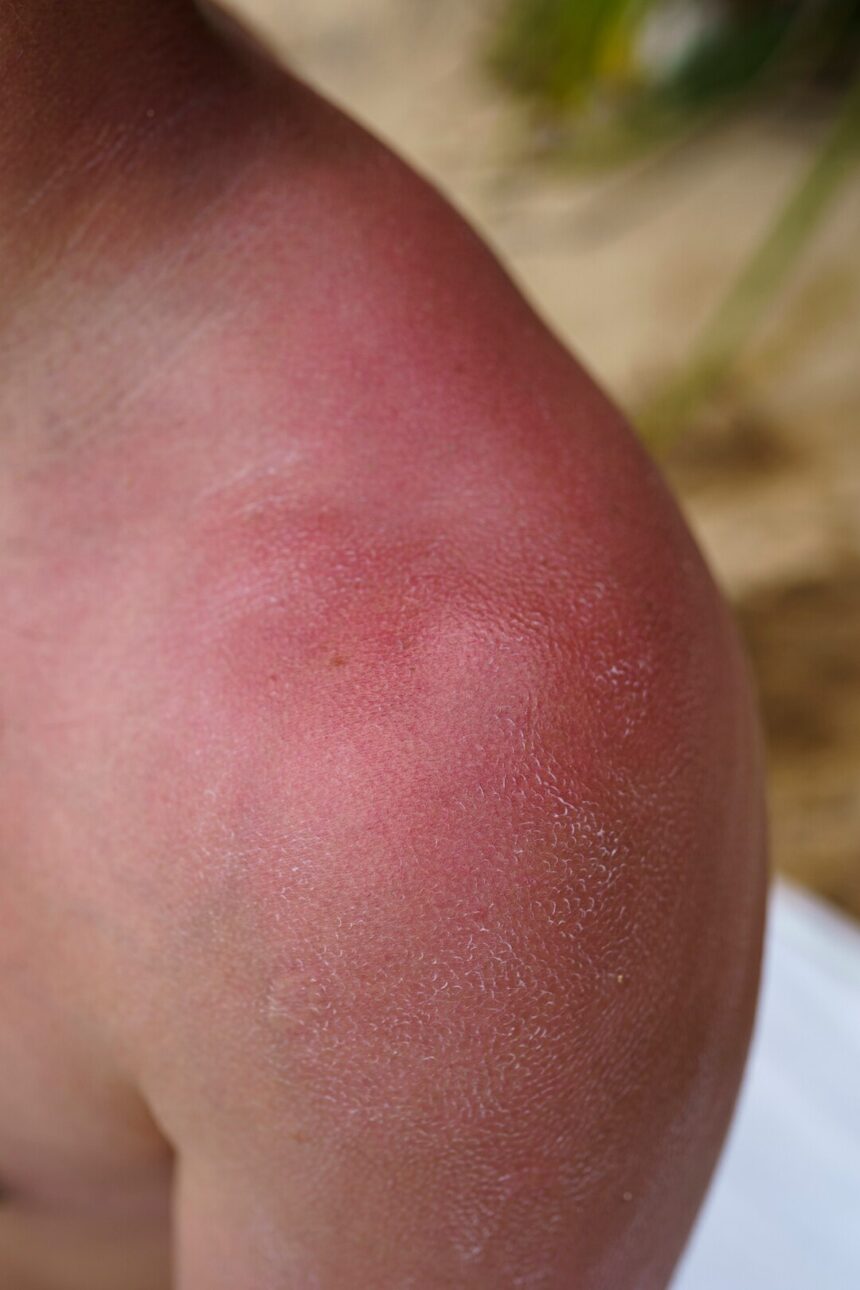Kawasaki disease is a rare but serious condition that primarily affects children under the age of five. It is characterized by inflammation of the blood vessels throughout the body and can lead to potentially life-threatening complications if left untreated. Recognizing the signs and symptoms of Kawasaki disease is crucial for prompt diagnosis and treatment. Here are some important signs to be aware of:
1. Prolonged Fever:
- One of the hallmark symptoms of Kawasaki disease is a persistent fever that lasts for five or more days. The fever may be accompanied by irritability and fatigue.
2. Rash:
- A rash may develop on the trunk, arms, legs, and genital area of children with Kawasaki disease. The rash is typically red and may appear as a series of small, raised bumps.
3. Red Eyes:
- Kawasaki disease can cause inflammation of the eyes, resulting in redness and irritation. The whites of the eyes may appear bloodshot, and children may experience eye pain or sensitivity to light.
4. Swollen Lymph Nodes:
- Enlarged lymph nodes, particularly in the neck region, are common in children with Kawasaki disease. The lymph nodes may feel tender or painful to the touch.
5. Swollen Hands and Feet:
- Kawasaki disease can cause swelling of the hands and feet, often accompanied by redness and warmth. The skin on the hands and feet may peel as the swelling subsides.
6. Strawberry Tongue:
- Some children with Kawasaki disease develop a condition known as “strawberry tongue,” characterized by a red, swollen tongue with prominent taste buds. The tongue may appear raw or inflamed.
7. Peeling Skin:
- As the acute phase of Kawasaki disease resolves, children may experience peeling of the skin, particularly on the hands and feet. The peeling usually begins around the fingertips and toes and may be accompanied by itching.
8. Joint Pain:
- Joint pain and swelling, particularly in the large joints such as the knees and ankles, are common in children with Kawasaki disease. The joint pain may limit mobility and cause discomfort.
9. Abdominal Pain and Vomiting:
- Some children with Kawasaki disease experience abdominal pain, diarrhea, and vomiting, which may mimic symptoms of other gastrointestinal conditions. These symptoms can occur during the acute phase of the illness.
10. Irritability and Behavioral Changes:
- Children with Kawasaki disease may exhibit irritability, fussiness, and changes in behavior, which can be attributed to the discomfort and illness they are experiencing.
It is important to note that not all children with Kawasaki disease will experience all of these symptoms, and the presentation of the illness can vary from child to child. If your child exhibits any combination of these signs and symptoms, especially a prolonged fever, it is essential to seek medical attention promptly.
Diagnosis and Treatment:
- Kawasaki disease is diagnosed based on a combination of clinical symptoms and laboratory tests, including blood tests and imaging studies.
- Prompt treatment with intravenous immunoglobulin (IVIG) and aspirin is essential to reduce inflammation, prevent complications, and minimize the risk of long-term heart damage.
- Most children with Kawasaki disease respond well to treatment and recover fully with no lasting effects. However, untreated or severe cases can lead to coronary artery abnormalities and increased risk of heart disease later in life.
In conclusion, Kawasaki disease is a serious condition that requires prompt recognition and treatment to prevent complications and ensure a favorable outcome. Parents and caregivers should be aware of the signs and symptoms of Kawasaki disease and seek medical attention if they suspect their child may be affected. With early diagnosis and appropriate management, children with Kawasaki disease can recover fully and go on to lead healthy lives.










